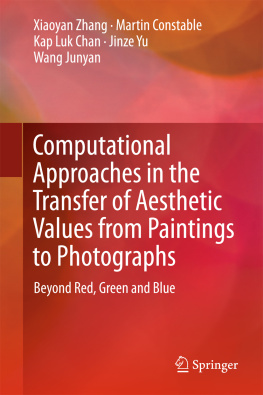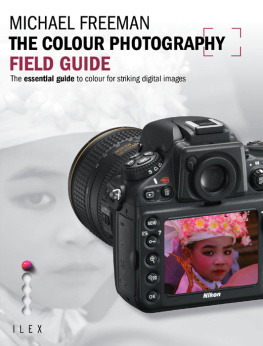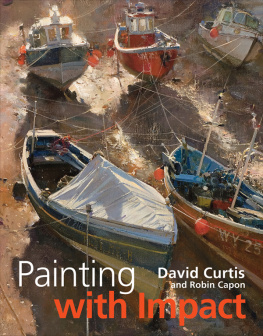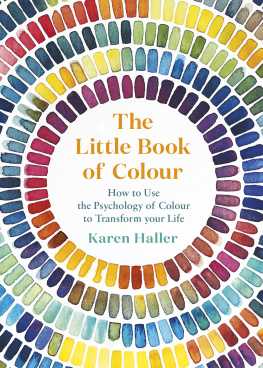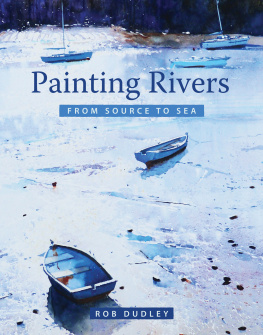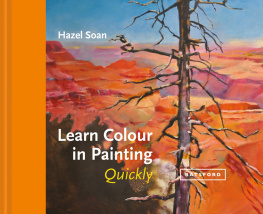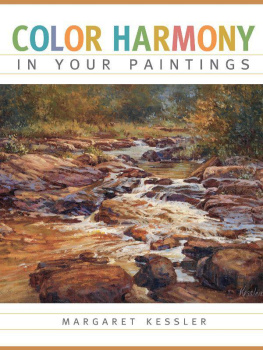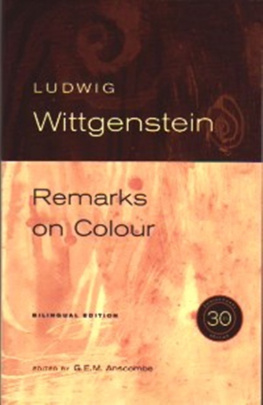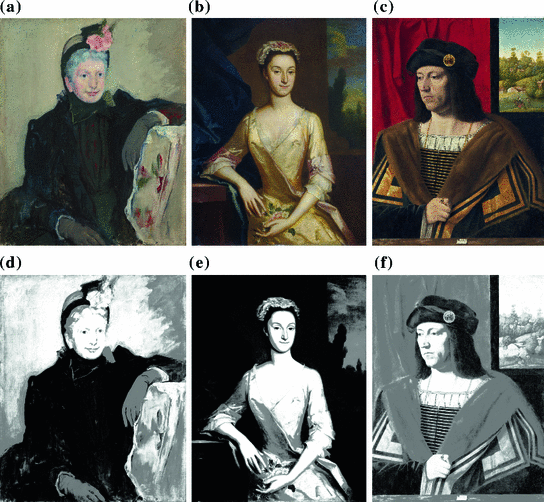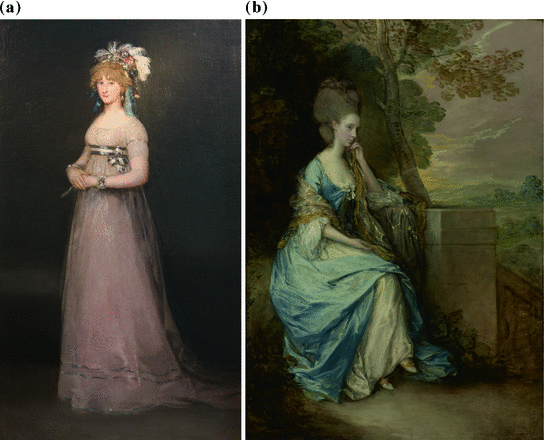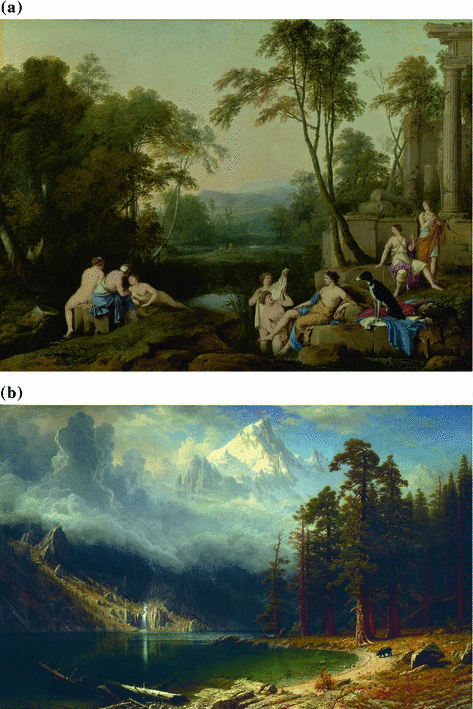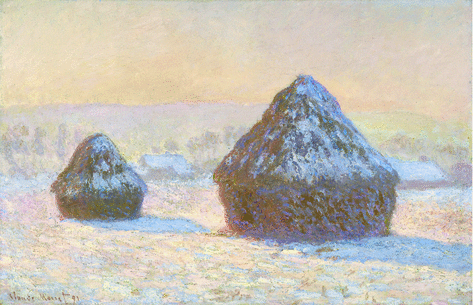1.1 The Portrait Genre
The social function of a portrait is to display the likeness of an individual, together with their personality and social standing []. Through the history of portrait painting, this function has remained the same. For this reason, their visual appearance has changed very little through the ages. The painted portrait genre underwent a decline in popularity that started with the introduction of the photographic portrait, a medium that to a large degree replaced painting. The prime formal requirement of a portrait is to draw attention to the visible skin areas of the body, especially the face.
Portraits are very alike in the way that their subject matter is formally treated, with little to distinguish one portrait from another in the particularities of their construction. However, distinct subtypes may be identified. Based on how much of the human body is visible, portraits can be classified as being full-length or half-length. The half-length portrait contains the upper body, while the whole body of the figure is visible in the full-length portrait. The half-length can also include the head only category, wherein only the head and shoulders are visible.
Spatially, portraits are very simple, being divisible into two depth planes: foreground (FG) and background (BG). Based on the contrast relationship of these regions, they can be classified into three tone plans: dark FG against light BG, light FG against dark BG, and FG and FG of equal lightness [. In each of these cases, the face is highlighted as light against dark.
Fig. 1.1
The three tone plan types. a Dark against light (Portrait of an Elderly Lady, Mary Cassatt (18441926), 1887). b Light against dark (Portrait of a Lady, Joseph Highmore (16921780), 1730). c FG and BG of equal value (Portrait of a Gentleman, Bartolomeo Veneto (15021531), 1520). d , e and f show their respective lightness maps.
Courtesy National Gallery of Art, Washington
Full-length portraits can be classified according to the complexity of their backgrounds. A complex background is usually, though not exclusively, associated with outdoor scenes, as shown in Fig..
Fig. 1.2
Two full-length portraits, each employing a different style of background. a Featuring a simple background: Portrait of the Countess of Chincon, Fransisco Goya, 1798. BY-SA Image courtesy of Rufus46 on Wikimedia Commons. b Featuring a complex background: Portrait of Anne, Countess of Chesterfield, Thomas Gainsborough (17271788), c1778.
Courtesy the Getty Research Institute
1.2 The Landscape Genre
Landscape painting depicts natural scenery and generally encompasses a wide angle of view, which is broadly equitable to the field of human vision at its widest (around 90 degrees). It might include landforms, living elements upon that landform and weather-based phenomena such as sky, clouds and the sun. Typically, the spatial organisation of a landscape is more complex than that of a portrait, involving a middle ground (MG) and sky region, in addition to the FG and BG. Supporting this, the art historian Malcolm Andrews describes the landscape painter as an accomplished spatialist, with a host of pictorial tricks at his disposal [].
Fig. 1.3
a A typical landscape of the Classical style: Diana and Her Nymphs in a Landscape, Laurent de La Hyre (16061656), 1644. Courtesy the Getty Research Institute. b A typical landscape of the Romantic style: Mount Corcoran, Albert Bierstadt (18301902), c1876.
Courtesy National Gallery of Art, Washington. Note the difference in treatment, with the contrasts and atmospheric ambience of the Romantic painting being far more dramatic
In the history of landscape painting, the function of landscapes has changed significantly. Early Classical landscape paintings served as little more than backdrops to human dramas, most of which were simple morality tales drawn from the Bible or from Classical sources. They were relatively plain and frequently featured Classical ruins or buildings in the background, and figures in the foreground. With the advent of Romanticism (which commenced in the late 1700s), more emphasis was placed on the extremes of mood embodied by the landscape, and the narrative importance of foreground action was lessened. In effect, the landscape itself became the dramatic subject. Serving this, the depth of the landscapes was exaggerated, and the extremes of atmosphere were heightened, mainly through the use of vivid skies and dramatic weather conditions. In a Romantic era painting, the sky is an important component of a landscape, having a substantial effect upon the emotional ambience of the scene [ is shown for comparison an example of a Classical and a Romantic landscape. The Romantic landscape is now understood as being archetypical of the genre.
Fig. 1.4
Wheatstacks, Snow Effect, Morning, Claude Monet (18401926), 1891.
Courtesy the Getty Research Institute. A typical painting of the Impressionist school, with shallow tones, and unrealistic treatment of hue
The popularity of painted landscape suffered less than the painted portrait from the invention of photography. However, the form that it took underwent substantial change. From being a practice that took place in the painters studio, painted over many weeks on a very large canvas, it became one which took place outdoors, painted over the course of a single day on a small canvas. This form of painting is referred to as en plein air (Fr. in open air). The foremost practitioners of this practice were the Impressionists, who favoured it for the opportunity it gave them to experiment with novel configurations of colour.

